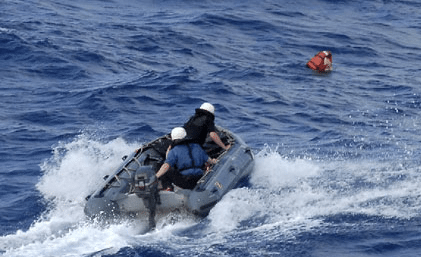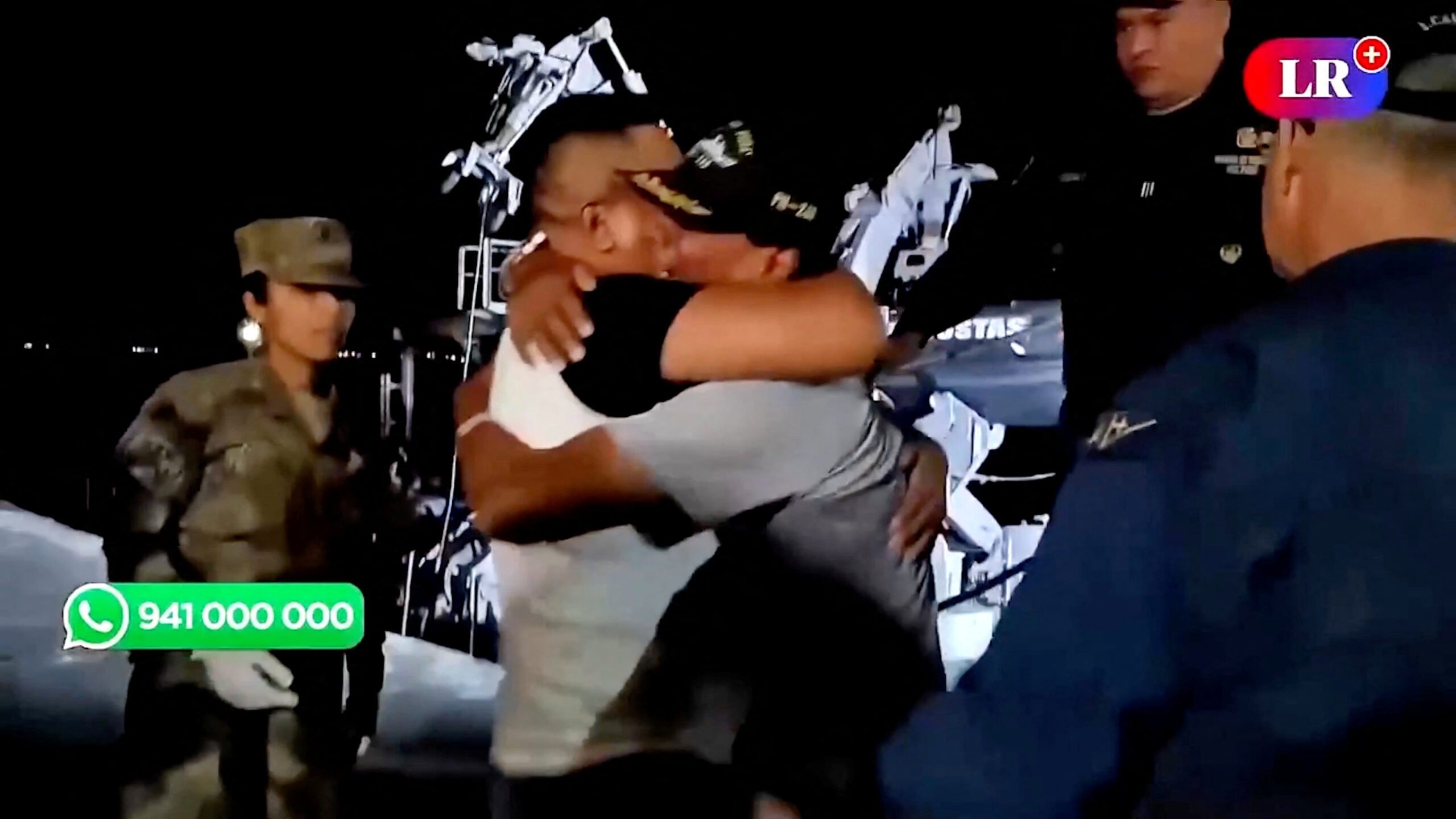
Some years ago in a now defunct navy journal an article was written about what people think when they fall overboard. Several predominant factors were recognized: (1) Do they know I am overboard? (2) What are they doing? (3) How can I help my rescue? After some study and research the following was gleaned:
a. Most victims that fall overboard and are not recovered because their location is not known.
b. Some recovered bodies showed signs of exhaustion rather than drowning.
c. Recovered victims that remained afloat and conserved energy and remained in a position near the wake were recovered soonest.
It was determined that if the person falling overboard had knowledge of the search and rescue procedures it could increase the victims chances of recovery.
Therefore the following was developed:
INSTRUCTIONS IF YOU SHOULD FALL OVERBOARD.
1. Immediately upon notification that some one has fallen overboard or is missing the international signal for man overboard will be sounded on the ships whistle: three blasts (the letter O in the international Morse code) and a vertically fired flare will be launched. A radio message will also be transmitted on area and international frequencies.
2. If you are in sight, the ship will return to your position by the most expeditious means. This may mean simply turning around and coming to you, or if you are not in sight or it is dark or foggy, by using a Williamson Turn to retrace the ship’s track and then start a search for you.
3. Do not panic or try to swim to the ship. Use your shirt, coat or pants to make a flotation pillow.
4. WHEN THE SHIP ARRIVES AT THE START SEARCH POSITION IT WILL BLOW TWO VERY LONG WHISTLE
BLASTS AND LAUNCH A SMOKE FLOAT. The ship will then commence a search for you and will return to that smoke float every 15 minutes and sound a very long blast, and then resume searching.
5. You should swim towards the Start Search Point regardless of what the ship does. Do not swim after the ship.
6. Following these instruction will greatly improve your chances of recovery and can expedite the search.
7. If you need any further clarification ask questions now.
It is recommended this notice be posted on all department bulletin boards.
This article was written by Captain John Denham, a veteran of 66 years maritime experience in seamanship, ship handling, navigation, piloting, and education. he is also author of The Assistant and DD 891.

 Join The Club
Join The Club











